19 Breathtaking UNESCO World Heritage Sites in Turkey
UNESCO World Heritage Sites are places of exceptional cultural, historical, or natural significance recognized by the United Nations Educational, Scientific, and Cultural Organization (UNESCO) as worthy of preservation for future generations.
These sites represent the world's cultural and natural heritage and provide a window into the diversity of our planet's history and geography.
The List of Turkey's UNESCO World Heritage Site
Turkey is home to 19 UNESCO World Heritage Sites, each with its unique story. These sites include stunning natural landscapes, ancient cities, and architectural masterpieces that have stood the test of time. From the rock formations of Cappadocia to the grand mosques of Istanbul, Turkey's UNESCO Heritage Sites offer a glimpse into the country's rich cultural and historical legacy. This article will explore these sites in detail, highlighting their significance and what makes them truly special.
1. Great Mosque and Hospital of Divriği (1985)
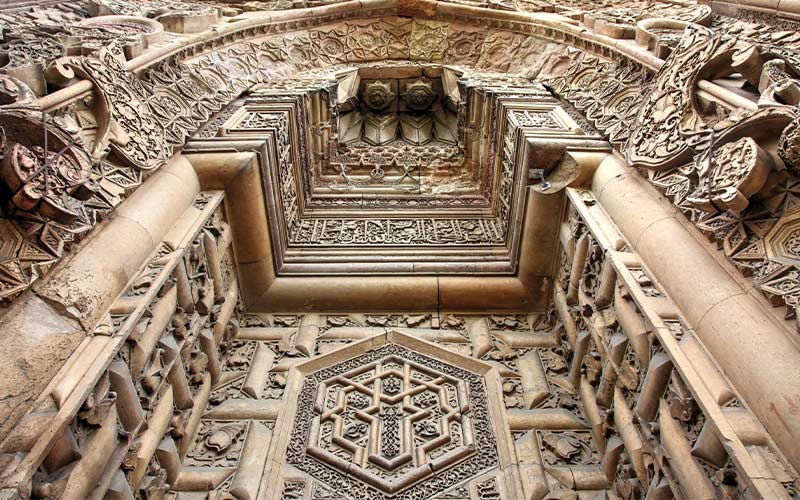
The Great Mosque and Hospital of Divriği is a complex of buildings in eastern Turkey. The complex was built in the 13th century and is known for its intricate stone carvings and decorations. The mosque and hospital are considered some of the finest examples of Seljuk architecture, and the site is an important representation of the Islamic civilization of the time. The Great Mosque and Hospital of Divriği is a World Heritage Site in Turkey and a must-visit for anyone interested in Islamic history and architecture.
2. Göreme National Park and the Rock Sites of Cappadocia (1985)

The Göreme National Park and the Rock Sites of Cappadocia are unique and extraordinary examples of a human settlement carved into the region's natural rock formations. The site includes several rock-hewn churches, monasteries, and houses, many of which are decorated with colorful frescoes depicting scenes from the life of Christ and other religious figures. Volcanic eruptions and erosion formed the unique landscape of Cappadocia, and the area is known for its distinctive "fairy chimney" rock formations.
3. Historic Areas of Istanbul (1985)

Istanbul, which straddles two continents, is an iconic destination with rich history and culture. The city is home to several significant landmarks, including the Hagia Sophia, the Blue Mosque, and the Topkapi Palace, all part of the World Heritage Sites in Istanbul under the Historic Areas of Istanbul. Tourists can meander through the city's narrow streets, indulge in the delectable flavors of traditional Turkish cuisine, and immerse themselves in the fascinating blend of European and Middle Eastern culture that makes Istanbul a truly unique place to visit.
4. Hattusha: the Hittite Capital (1986)
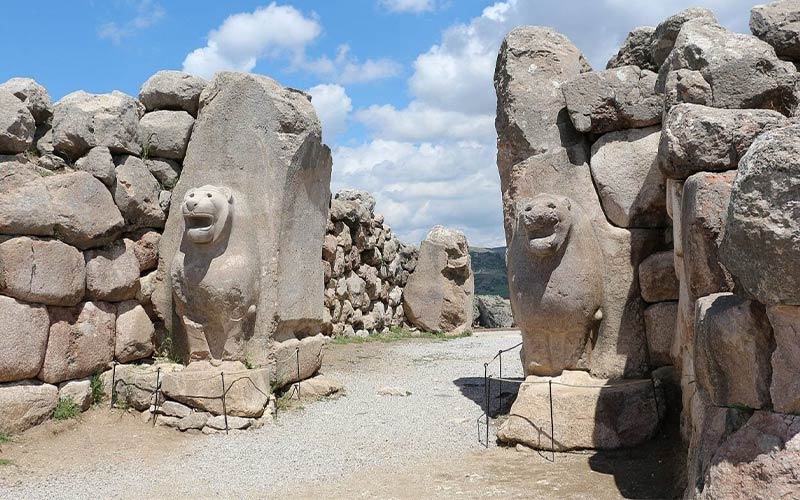
Hattusha is an ancient city in central Turkey that was once the capital of the Hittite Empire. The city's ruins include numerous temples, palaces, and defensive walls, and the site offers visitors a glimpse into the lives of the Hittite people. The city's most famous landmark is the Lion Gate, adorned with intricate carvings of lions. Hattusha is an important World Heritage Site in Turkey and is a must-visit for anyone interested in ancient history and archaeology.
5. Nemrut Dağ (1987)
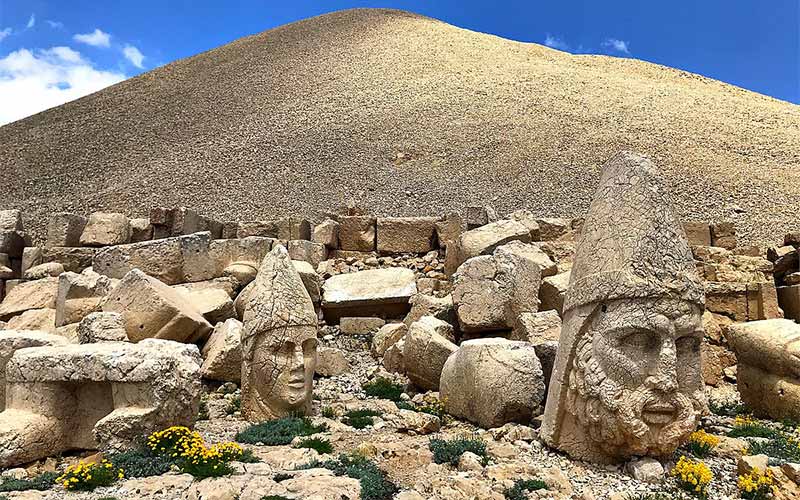
Nemrut Dağ is a mountain in southeastern Turkey home to a series of ancient statues and ruins. The site is thought to have been built in the 1st century BCE by King Antiochus I Theos of Commagene and features a series of large stone heads of gods and kings. The site is located at an altitude of over 2,000 meters and offers stunning views of the surrounding landscape. Nemrut Dağ is a World Heritage Site in Turkey and is a must-visit for anyone interested in ancient history and archaeology.
6. Xanthos-Letoon (1988)
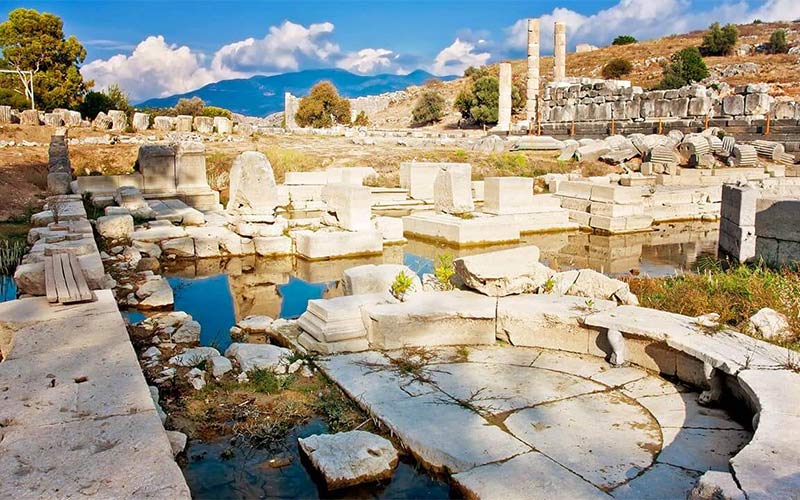
Located in the southwest of Turkey, the Xanthos-Letoon site comprises two ancient cities of great historical and cultural significance. Xanthos was the capital of the ancient Lycian Federation and had a rich architectural and artistic heritage. The site contains several important monuments, including the Harpy Tomb, the Nereid Monument, and the Theatre. Letoon was a religious center dedicated to the three national deities of Lycia: Leto, Apollo, and Artemis. The site features three temples, a theatre, and a large agora.
7. Hierapolis-Pamukkale (1988)
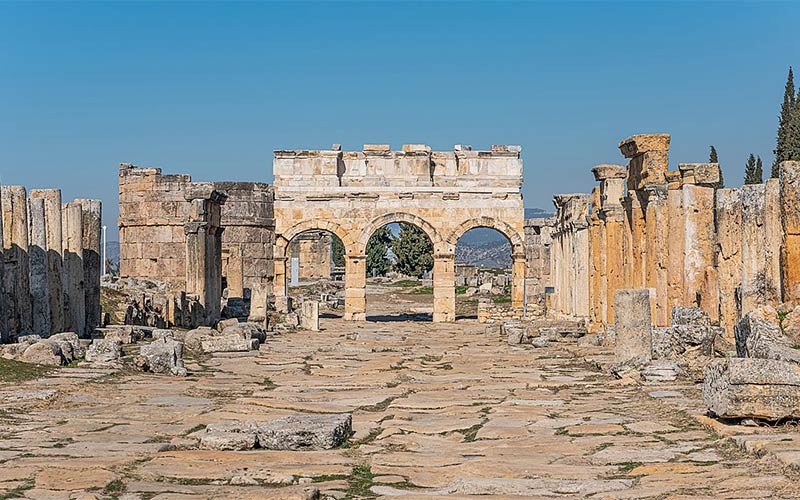
Hierapolis-Pamukkale is a UNESCO World Heritage Site in western Turkey, featuring hot springs with healing properties, surreal travertine terraces, and well-preserved ruins of the ancient city of Hierapolis. Visitors can bathe in the warm waters, explore the city's ruins, and marvel at the unique landscape formed by calcium carbonate deposits. With a mix of natural beauty and ancient history, Hierapolis-Pamukkale is a must-visit destination for travelers to Turkey.
8. City of Safranbolu (1994)
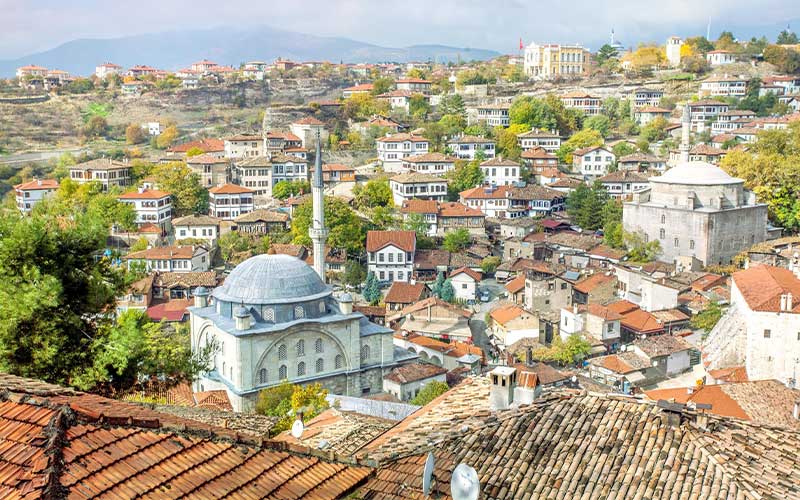
Safranbolu is a UNESCO World Heritage Site known for its well-preserved Ottoman architecture and urban design. The city's Ottoman houses, featuring intricate carvings on their facades, showcase the Ottoman Empire's building techniques. Visitors can also explore mosques, hammams, and landmarks like Cinci Han and Hidirlik Hill. With its picturesque streets and well-preserved architecture, Safranbolu is a must-visit destination for Turkey's history and architecture. It is also conveniently located near Istanbul and other UNESCO heritage sites in Turkey.
9. Archaeological Site of Troy (1998)

Located in the northwestern province of Çanakkale, the Archaeological Site of Troy is one of the most famous sites in the world. This ancient city is known for the legendary Trojan War, fought between the Trojans and the Greeks. The site has several well-preserved ruins, including the city walls, the Temple of Athena, and the Theater.
With its impressive ancient structures and rich cultural significance, Aphrodisias is a must-visit destination for anyone exploring Turkey's UNESCO World Heritage Sites.
10. Selimiye Mosque and its Social Complex (2011)
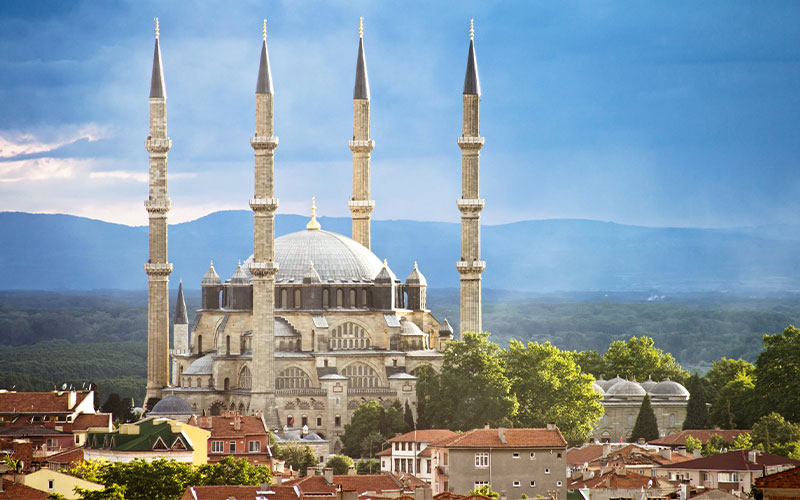
The Selimiye Mosque is an architectural masterpiece built in the 16th century in Edirne, a city in western Turkey. It was designed by the famous Ottoman architect Sinan and is considered one of his greatest works. The mosque is a perfect example of the Ottoman architectural style and features an impressive dome, beautiful minarets, and intricate decorations. The complex also includes a madrasa (Islamic school), a library, and a hospital, all built to provide services to the community.
11. Neolithic Site of Çatalhöyük (2012)
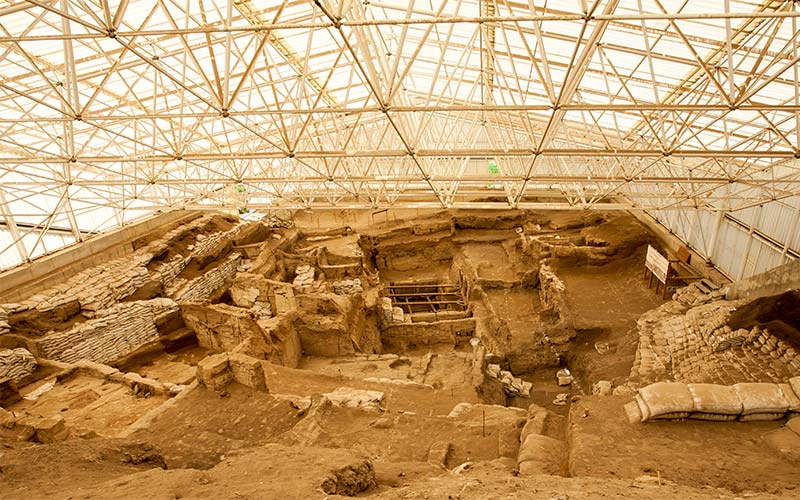
Located in central Anatolia, the Neolithic Site of Çatalhöyük is an exceptional example of a well-preserved early human settlement. It dates back to the 7th millennium BC and provides important insights into the transition from hunting and gathering to agriculture-based societies. The site consists of two mounds, the larger being the main settlement area. The houses are constructed closely together and decorated with murals and other symbolic representations. Çatalhöyük is a unique and remarkable testimony to the emergence of complex human communities in the Neolithic period.
12. Pergamon and its Multi-Layered Cultural Landscape (2014)
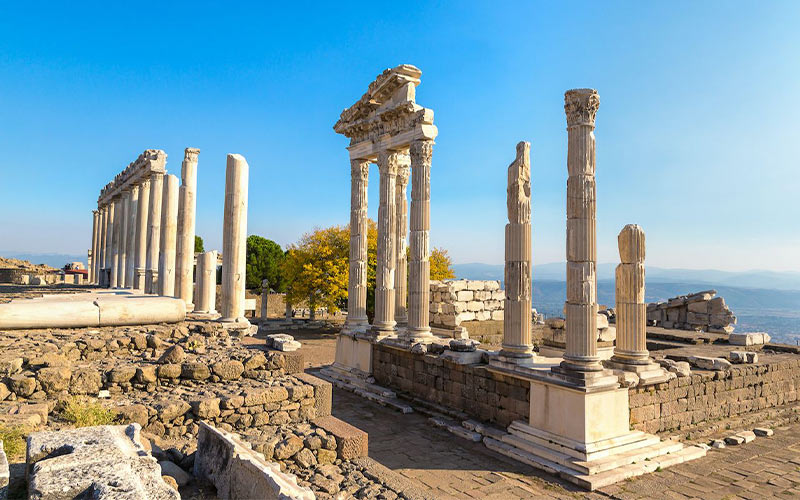
Pergamon was an ancient Greek city that reached its zenith during Hellenism. It was renowned for its cultural and intellectual achievements, including the invention of parchment and the construction of one of the most important libraries in the ancient world. The city is situated on a steep hill surrounded by impressive fortifications. The Multi-Layered Cultural Landscape of Pergamon includes the archaeological site of the city as well as the surrounding area, which contains a series of impressive monuments and structures, including the Asclepion, a medical center dedicated to the god of healing.
13. Bursa and Cumalıkızık: the Birth of the Ottoman Empire (2014)
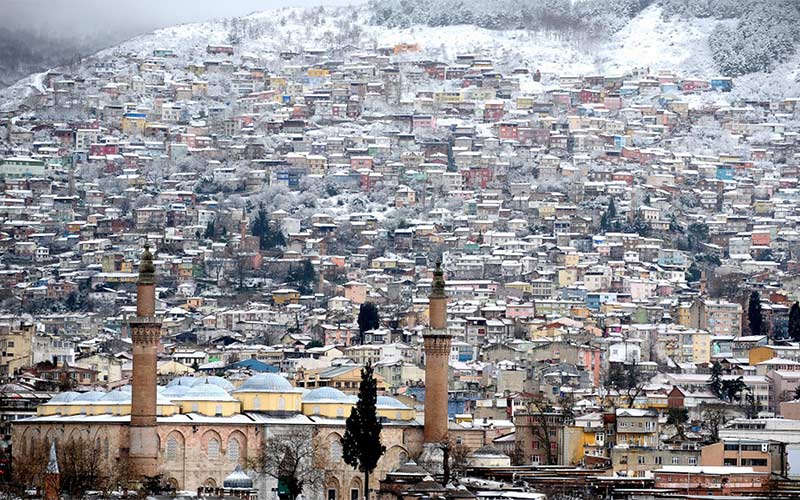
Located in the northwestern province of Bursa, the city of Bursa and the nearby village of Cumalıkızık played a significant role in the birth of the Ottoman Empire. The city was once the capital of the Ottoman Empire and is known for its stunning mosques, including the Grand Mosque, and its beautiful silk markets.
As one of the UNESCO World Heritage Sites in Turkey, Bursa and Cumalıkızık offers visitors a unique glimpse into the early years of the Ottoman Empire. Its stunning architecture, vibrant markets, and rich cultural heritage make it a must-see destination for anyone visiting Turkey.
14. Diyarbakır Fortress and Hevsel Gardens Cultural Landscape (2015)

Located in the southeastern region of Turkey, Diyarbakır Fortress and Hevsel Gardens Cultural Landscape is a unique UNESCO World Heritage Site that dates back to the Roman Empire. This site features a complex system of walls, towers, and gates that form the impressive Diyarbakır Fortress. The fortress, which dates back to the 3rd century, was built to protect the city from invasions and has been renovated many times. The Hevsel Gardens, located on the banks of the Tigris River, are another significant part of the site. They are an intricate network of irrigation canals and gardens cultivated for over 1,000 years. Visitors can explore the fortress, walk along the gardens, and take in the stunning views of the Tigris River.
15. Ephesus (2015)

Ephesus is one of the most well-known archaeological sites in Turkey, located near the country's western coast. This ancient city was once a center of commerce and trade, and its ruins offer visitors a glimpse into the past. Highlights of the site include the Temple of Artemis, one of the Seven Wonders of the Ancient World, the Library of Celsus, and the Great Theatre, which could seat up to 25,000 spectators. Ephesus is one of Turkey's most visited World Heritage Sites, and it is a must-see for anyone interested in history and archaeology.
16. Archaeological Site of Ani (2016)
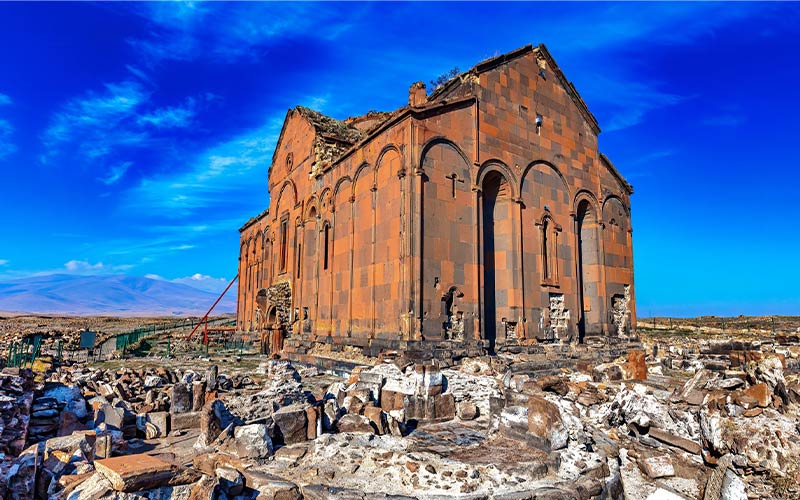
The ancient city of Ani was once the capital of the Bagratid Armenian Kingdom and is now located in the eastern province of Kars, near the Turkish-Armenian border. The site was once a bustling center of trade and commerce. Its well-preserved structures, such as the Church of the Redeemer, the Cathedral of Ani, and the Mosque of Minuchir, offer a glimpse into the city's rich cultural and religious history.
The Archaeological Site of Ani is another of Turkey's UNESCO Heritage Sites worth visiting. Its stunning architecture, intricate stone carvings, and well-preserved buildings make it a truly unique and awe-inspiring place to explore.
17. Aphrodisias (2017)
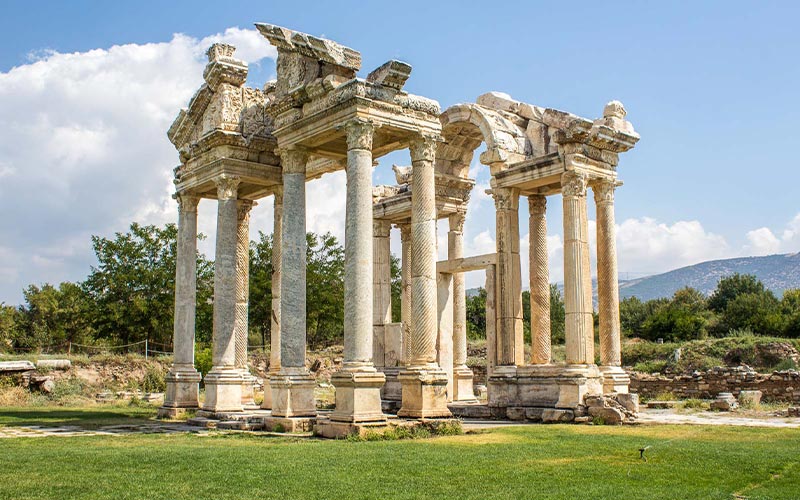
Located in the southwestern province of Aydın, Aphrodisias was a prominent ancient Greek city named after the goddess of love, Aphrodite. This archaeological site is known for its well-preserved remains of ancient structures such as the Temple of Aphrodite, a 30,000-seat stadium, a theater, and several other buildings. The site is also home to the world's largest ancient marble sculpture workshop, where some of the finest examples of ancient Greek art were created.
As one of Turkey's UNESCO Heritage Sites, Aphrodisias is a must-see for history and art lovers. It's a testament to the ancient Greek and Roman civilizations that once thrived in the region, and its magnificent structures will leave you in awe.
18. Göbekli Tepe (2018)
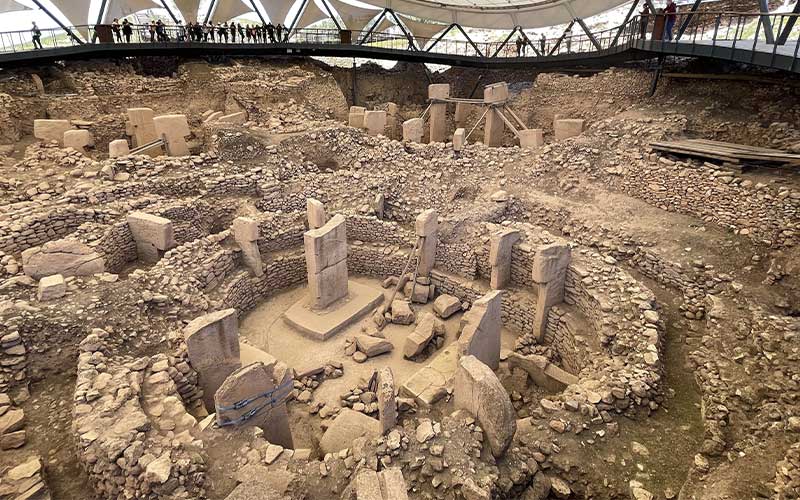
Göbekli Tepe is an archaeological site in southeastern Turkey dubbed the world's oldest temple. The site consists of large, circular stone structures dating back to the 10th millennium BCE. The site is thought to have been used for religious and ceremonial purposes, and the carvings and sculptures found there are some of the oldest examples of human art. Göbekli Tepe is an important site for understanding the development of human civilization and is a fascinating place for anyone interested in archaeology and ancient history.
19. Arslantepe Mound (2021)
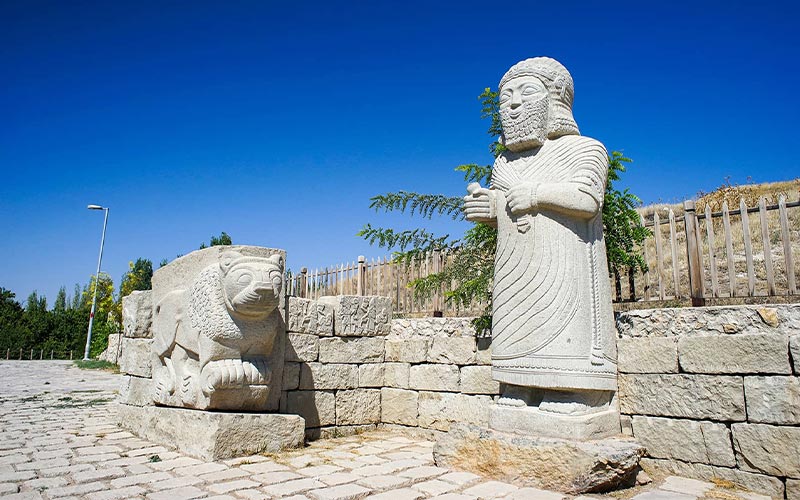
Located in the eastern province of Malatya, the Arslantepe Mound is an archaeological site that dates back to the Neolithic period. The site is home to several well-preserved ruins, including a temple and a palace, that glimpse the region's ancient history.
As one of the newest additions to the Turkey UNESCO Heritage Sites list, Arslantepe Mound has great historical and cultural significance. It's a testament to the rich and diverse history of the Anatolian region, and its well-preserved ruins offer a unique glimpse into the lives of ancient people who once called this place home.
Bottom Line
Turkey is home to many unique UNESCO World Heritage Sites that reflect the country's rich cultural and historical heritage. By visiting these sites, travelers can gain a deeper understanding of Turkey's rich history and cultural heritage and appreciate the country's unique beauty and charm.
We encourage everyone to take the time to explore these sites and discover the many treasures Turkey offers. Whether you are a history buff, an architecture enthusiast, or simply looking for an unforgettable travel experience, Turkey's UNESCO World Heritage Sites will leave a lasting impression.
Comment
Leave a Comment